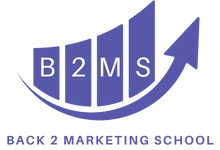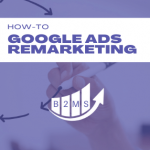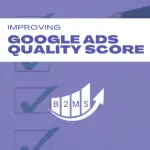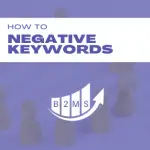What is Frequency Capping?
Definition of Frequency Capping
Frequency capping determines the number of times an advertisement can be displayed to a specific person in a defined period of time. It allows limiting the number a user can see a display and video ad.
For example, a frequency cap can mean that a Facebook ad can only be shown to a specific user 3 times within 24 hours and 5 times in total.
Different advertising platforms have different setting options and certain default settings.
Why is Frequency Capping important?
Frequency capping is used for several reasons. On the one hand, it helps the advertiser to better control the campaign and on the other hand, it ensures that the user is not “annoyed” by the advertisement. An ad that is played too often can have a negative effect on the user’s view.
In addition, a video or display ad that is played too often can create so-called banner blindness. This means that a particular advertisement is no longer perceived by the person being advertised to.
Advertisers thus also have more control over their reach by limiting the ad budget spend on a particular person.
How does frequency capping work?
Users are assigned a so-called cookie ID through tracking pixels. This cookie is used to identify the user. Different platforms use their own cookies.
This data is stored on the ad server and thus ensures user-dependent frequency capping.
Nowadays, the cookie ID can even be used to assign online identities across devices (cross-device targeting). However, the personal data is anonymous.
A frequency cap is therefore not applied to a natural person but to a cookie ID.
How can I set up frequency capping in Google Ads?
Google Ads Frequency Capping can be set on different levels. They can be adjusted for the number of impressions of display/banner ads on the campaign, ad group, or ad level:
In Google Ads, select the campaign -> Settings -> Additional Settings -> Frequency Management -> Set a preference.

You can choose to limit the impressions for the whole campaign, each ad group, or each ad. The number can be selected for the desired period per day, week, or month.
For video campaigns, frequency settings in Google Ads can only be adjusted at the campaign level.
At this point, I would also like to point out that it can be useful to perform Google Ads experiments for A/B testing.
Facebook and Instagram Frequency Capping
Facebook Frequency Capping is not available for every campaign goal. It can be customized for brand awareness or reach campaigns, for example.
Frequency capping is defined in Facebook in the ad set settings:
Facebook Ads Manager -> Select Campaign -> Ad Set -> Optimization & Delivery -> View More Options -> Edit Frequency Cap.
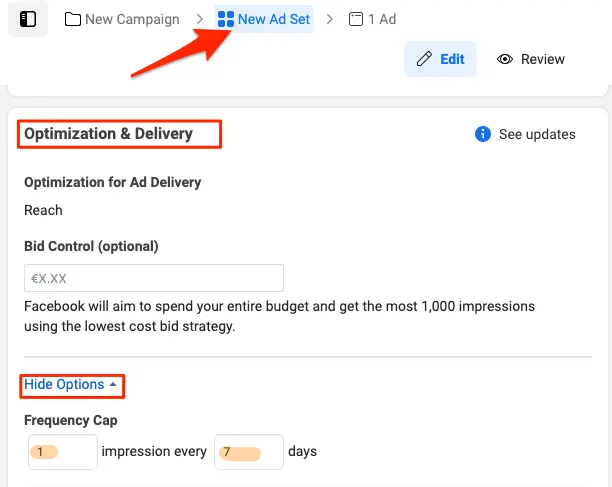
In addition, it can be helpful to view the current frequencies per user of current or past campaigns. To do this, you can either customize the columns in the Ads Manager (see screenshot) or create a report.
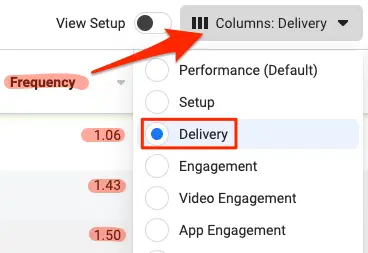
A report that shows the frequency of certain ads per user can also be created in the Ad Manager.
Find reports selection at the right end of the overview -> All -> Delivery -> Placement:
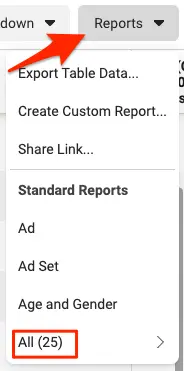
LinkedIn Frequency Capping
LinkedIn Frequency Capping unfortunately cannot be customized. LinkedIn has a default setting as frequency limits for each user of once per 48 hours and four times in total per campaign. Knowing this is very important when developing a Linkedin Lead Gen Funnel.
Frequency Capping Best Practices
In online marketing, it is important to strike a balance between helpful resources and annoying ads. This is the responsibility of the advertiser. Therefore, frequency capping is aimed at marketers to limit and efficiently manage their video or display advertising per ad network. Especially if there are several campaigns and types of digital advertising for the same or similar target audience, ads should not be delivered too often to the same person. There is no one size fits all approach for the optimal frequency of display and video campaigns – every customer journey is different.

Sascha is a Lifecycle Marketing Consultant with over 8 years of digital marketing experiences in Silicon Valley, the UK, and Germany.
After leading the demand generation for a 100+ million company, he decided to venture out on himself. He’s now helping clients to attract and convert more leads and customers.
His main focus are SEO, paid media & marketing automation – all with the focus to tie marketing campaigns to revenue.
Sascha has been featured in industry publications.
